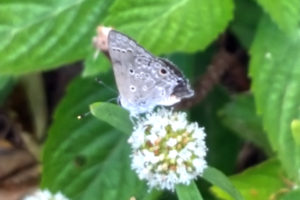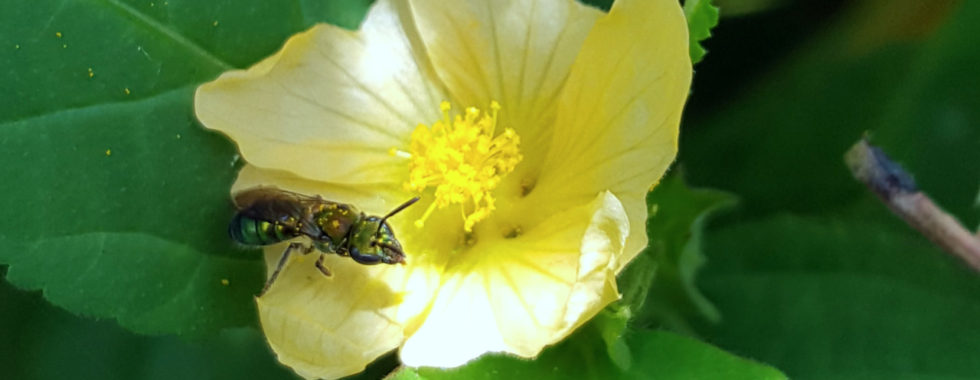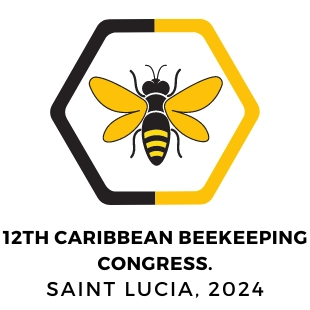Management issues relating to pollinators
The word pollinators describes a diverse group of organisms performing a common role and function, which is why managing pollinators is often challenging. As thousands of species perform this role, each with their own habitat and food requirements, flight range, geographical range, susceptibilities to disturbance and pesticides, differences in life cycles and social behaviours, and ultimately potential to pollinate one or several plant species due to physiology and behaviour, no one management strategy is adequate to maintain pollinator populations, particularly as diversity is the key to successful pollination. Thus, having detailed knowledge of the biology and ecology of pollinating species targeted in any management activity is an absolute necessity.
Maintaining high species diversity of pollinators is important as many plant-pollinator interactions are generalist in nature and high species diversity creates a functional redundancy – if one species is lost or experiences decline in numbers, other species that pollinate the same plant are there to pick up the slack. In some instances, there is a delicate specialist relationship between plant and pollinator, where coevolution led to a relationship so specialized, that only one particular species of pollinator can pollinate one particular species of plant. In that case, management strategies need to be narrowly focused on one organism.
Therefore, management strategies applied to pollination firstly depends on the objective – whether specific plant or pollinator populations are to be maintained, safeguarded or bolstered, or whether wider ecosystems are intended on benefitting from the activities. As pollination can be regarded as a supporting and a regulating ecosystem service, pollinators not only maintain plant species that they pollinate and contribute to agricultural production in a significant manner (as the majority of food crops planted today require animal pollination, and a lack of pollinators not only leads to a food shortage, but also a nutrition shortage due to a lack of diverse food options), they support ecosystem functions through the downstream effects of the provision of habitat for other species, the maintenance of water and nutrient cycles, maintenance of food webs, and soil retention, among many others.

Pollinators face similar challenges as other organisms and biodiversity at large. Habitat destruction (via logging, clearcutting, and quarrying), land use intensification and exposure to pesticides, climate change, destruction of food sources, potential effects of reduced genetic diversity in small populations, parasites and diseases, and the spread of alien invasive species, among many others. Since pollinators are highly mobile organisms by nature and often have a fairly large range with respect to their body size, management strategies have to be focused not only on areas where pollinators live, but also where pollinators forage, and everything in between. While many solitary native bee species may only fly a distance of several hundred meters from their nesting habitat, larger bees, such as Apis mellifera (although invasive to Trinidad and Tobago) and Xylocopa sp. can easily cover several kilometers each day.
Many of the threats facing pollinators are large scale (agricultural intensification, climate change, alien invasive species), and are therefore difficult to manage. Furthermore, as pollinators are often not considered charismatic species, little research and conservation effort is placed on these species. For Trinidad and Tobago, many of the species contributing to pollination are yet to be discovered, and many known species are yet to be identified as performing this role.
Managing pollinators requires buy-in from a diverse group of stakeholders due to their vital role in food production. However, as high pesticide use, for example, is not only attributed to farmers, but also home owners who apply pesticides to manage their gardens, this issue requires targeting large segments of the human population. Furthermore, since pollinators do not occupy any one single habitat and due to their close proximity to human populations, efforts must involve initiatives that target multiple habitats and ecosystems. As many countries have not yet developed policies or legislation to manage pollinator populations and their outputs, missing legal frameworks provide an additional challenge for managing species.
Any management strategies geared towards safeguarding and managing pollinators must therefore take into account a wide range of factors, stakeholders, and geographical ranges and features, and be mindful of the lack of infrastructure and legal frameworks existing in various countries to target this particular ecosystem service.


